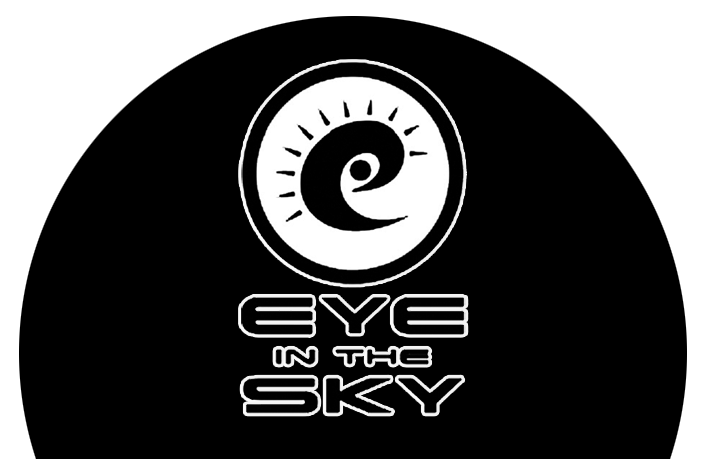OPTIMISATION
INTRODUCTION TO OPTIMISATION
making the most out of your work
Optimisation or post-production are new words in the big scheme of things as related to photography, yet they simply mean making the most of what you have captured with your camera. But you’d be right in thinking that it implies the camera may not capture what you thought it would. You may have wondered why your images were not the same as what you saw through your camera. There are reasons for this.
1. The human eye has a much greater dynamic range compared to what the camera can record. And we have a new term to describe this, HDR, or High Dynamic Range. With Photoshop, Lightroom, SnapSeed and many other apps you can rectify this disparity, and it is a game changer.
2. The colours around you that you may not be aware of affect your subject considerably. Not the colours of sunset or sunrise, but others like colour casts, colour temperatures, bounced colour and more. These again can be changed.
3. You can edit an image to help enhance the message or mood you wish to attach to it, or changes that a client or buyer has asked for.
4. The subject in your field of view is just a dot, what happened?
So all this is part of the optimisation process, some can be changed in camera, but most of it is done in post production.
The examples below; the dog and Angkor Wat in Cambodia show various changes.
a. Removal of the colour casts and overall greyness plus lack of tonal definition has been improved
b. Contrast has been gained, thereby improving the colour
c. The dogs lead has been removed and image cropped tighter
d. The orientation of the vertical lines of the ruins have been corrected
e. Tonal range has been balanced, so that the shadows are lighter and the highlights are darker.
There are two aspects to these processes, the how and the why. The how, is using Photoshop to adjust the tonal range, plus removing things like dog’s leads. The whys are the inner debate on the morals of doing these things. Do you have to record the scene ‘exactly’ or can you ‘manipulate’ the image to impart your feelings or thoughts? Were you happy with both the original frames and if so why?
Photography is a powerful form of communication and there are skills you can acquire to help you do this.
All this and more is explained within the tutorials in more detail. Bonne chance!
All photographs © Jon Davison 2022
BACK TO MAIN MENU





